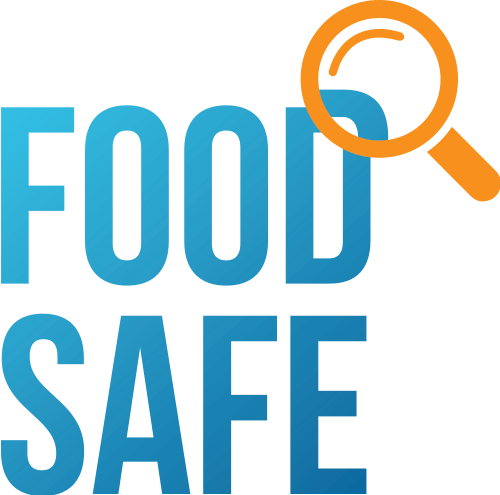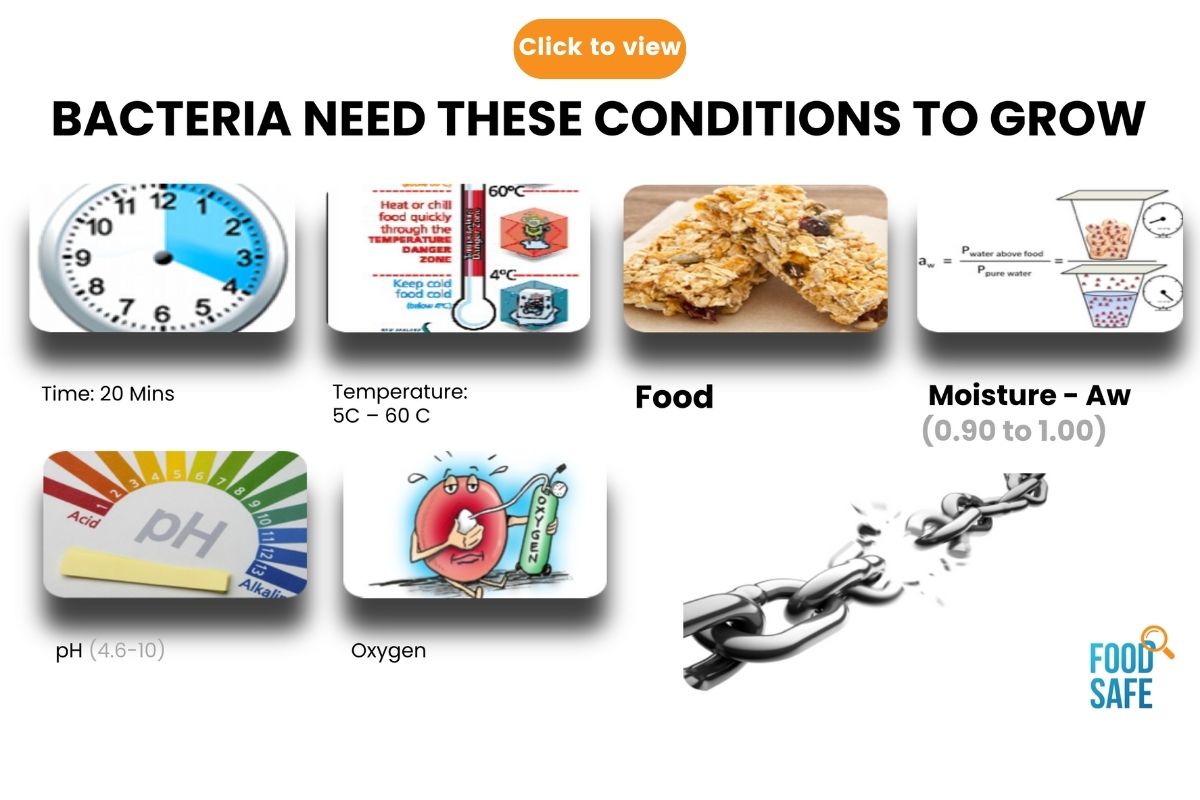A brief snapshot about Muesli bars
Welcome to Food Safe’s page dedicated to all the Year 5 girls of Diocesan School For Girls as part of their “How We Organise Ourselves” unit
A brief introduction to the history of muesli
The word muesli is a Swiss-German variation of the German word “müs” meaning porridge and the diminutive suffix, “-li.” The “invention” of muesli is credited to Swiss physician and nutritional pioneer, Maximilian Bircher-Benner.

The recipe consisted of oat flakes, raw apples, condensed milk, nuts, and lemon juice and it led Dr. Bircher-Benner to overwhelming improvements in the health of many of his patients.
Dr. Bircher-Benner determined that much of the sickness experienced by his patients could be alleviated with increased exercise and a more nutritious diet. He was able to heal and prevent disease through a diet rich in raw grains, fruits, and vegetables, and with moderate exercise including walking and gardening daily.
The first mass-produced muesli was introduced in 1959 by Somalon AG (now bio-familia AG), a Swiss company that got its start with muesli. Somalon AG used Dr. Bircher-Benner’s recipe to create Bio-Birchermuesli, “the healthy food for the whole family.” Bio-Birchermuesli was exported to Germany, the US, Austria, England and the Netherlands in 1960. In the 1970s, Somalon introduced “Crunchy Muesli,” a muesli toasted with sugars and oils, similar to today’s granola.
Source: Evokefoods
So what influences the food safety and shelf-life of a muesli bar?
Good hygiene and minimising Water activity influence the safety and shelf-life of the bar!
Lowering the water activity (drying or removing the water) of all the ingredients over the past week increases the shelf-life of your muesli bar and prevents bacteria from growing
Click on the image below to view slides about what bacteria needs to grow in the bar.
Ever wondered how factories make muesli bars in New Zealand?
Here is how we load the ingredients:
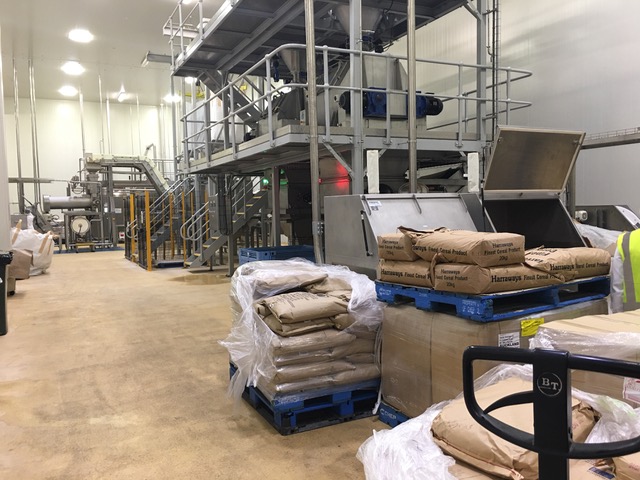
Here’s how we cut the bars on a production line:
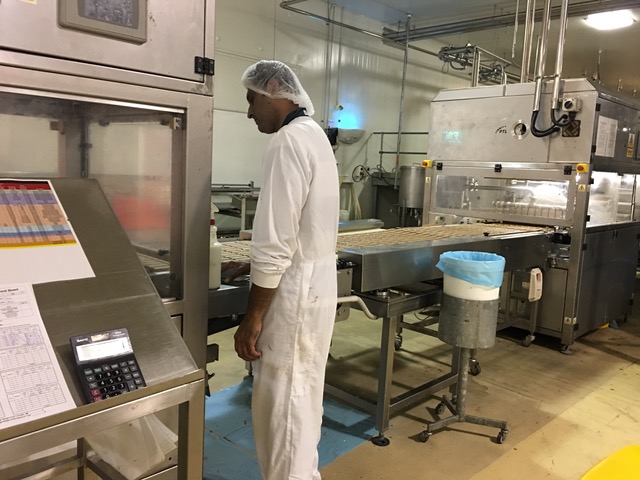
Here’s how we coat the muesli bars in chocolate:
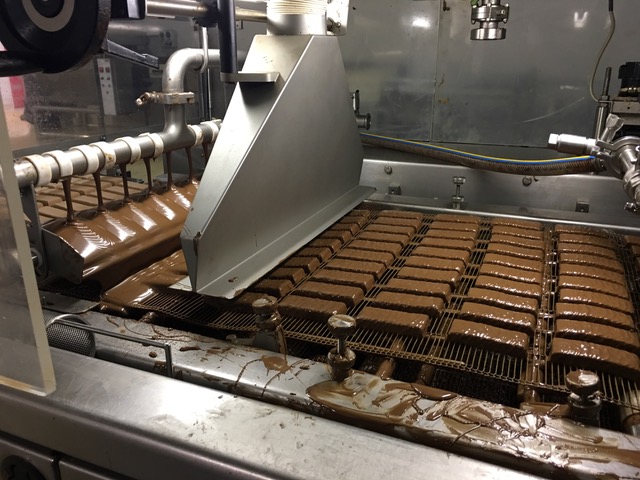
Here’s where we check the packaging of the muesli bars:
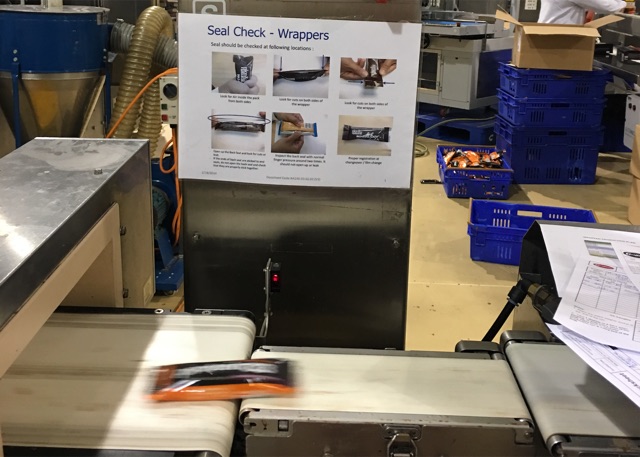
The health star rating of food

The Health Star Rating (HSR) labelling system evaluates positive and negative health attributes of food products; and scores them as a series of stars (with a half-star being the lowest and five-star being the highest). HSR provides consumers with a quick visual reference. The system came about after the
HSR provides consumers with a quick visual reference. The system came about after the Ministry for Primary Industries (MPI) looked at a number of front-of-pack labelling systems globally in order to evaluate fitness for purpose before finally settling for the Health Star Rating (HSR) labelling system as a solution.
Click here for some more information
Additional learning: Show-me-how videos
These videos go over how bacteria and virus spread and how you can practically apply all you have learned.
Tip: Understand how the risk from viruses is controlled and how learning practically applies
These learning resources were curated and provided by Food Safe.
